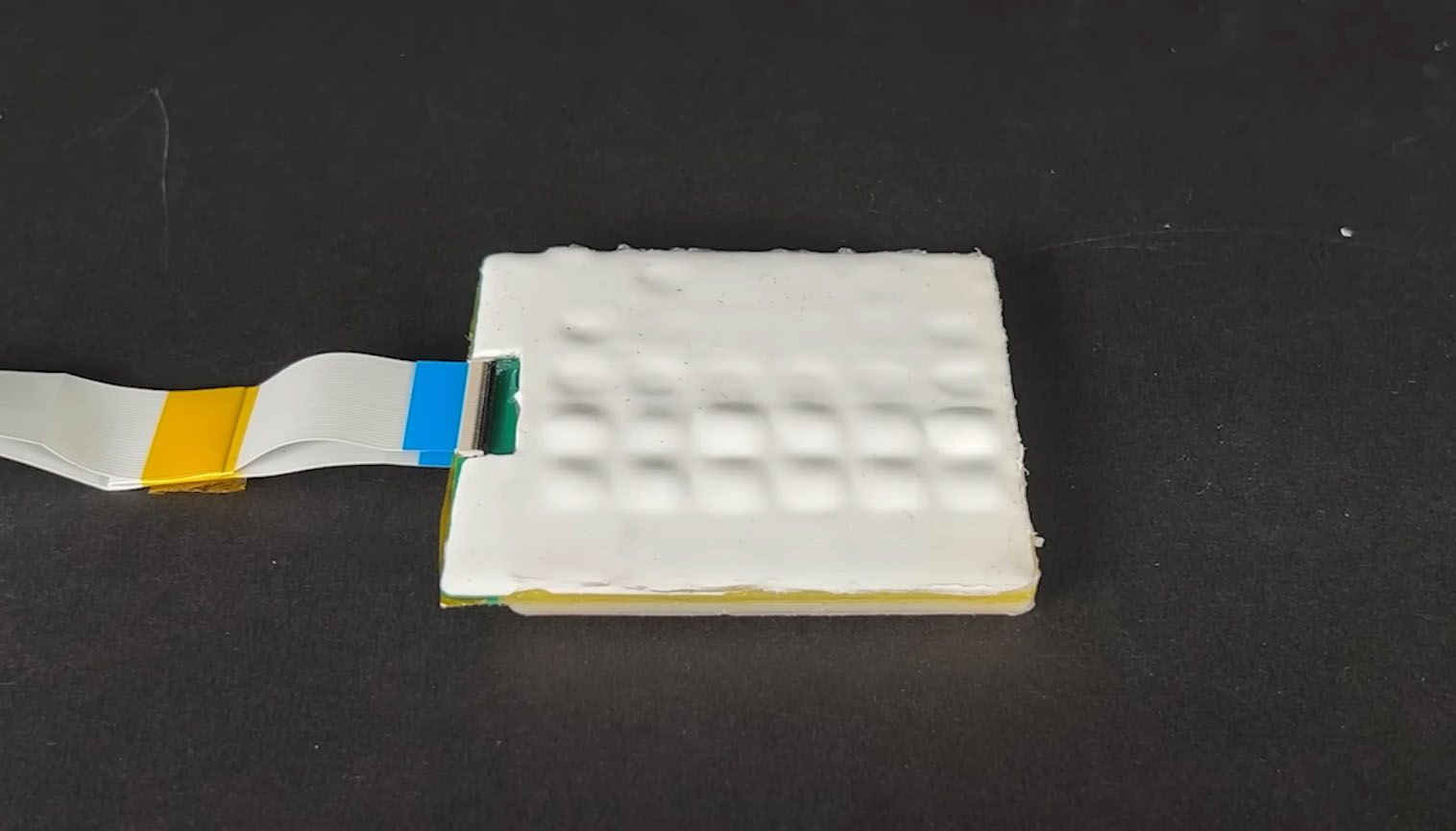A Smartphone Display That ‘Pops Up’ A Physical Keyboard For An Enhanced Tactile Feedback Has Been Developed By Researchers
At the most, current smartphone displays have ‘on screen’ keyboards that, when tapped, trigger the small motor in the handset to deliver that tactile feedback. Unfortunately, it is not the same as pressing down on an actual physical key, so researchers have found a way to create actual bumps on a flat smartphone display to bring that functionality.
Each hydraulic bump can be as small as 2mm, while the panel can be thin enough to be found behind a smartphone’s OLED panel
The Future Interfaces Group at Carnegie Mellon University has come up with this breakthrough technology, which it describes as ‘embedded electroosmotic pumps for scalable shape displays.’ The technology involves incorporating hydraulics-based haptics into a thin panel to go behind a smartphone OLED screen without unnecessarily increasing its thickness.
Not only will this technology be able to pop up tactile notifications, but a physical keyboard can also be formed, with individual buttons remaining inflated on the smartphone display until they are pressed. The researchers managed to create this using a flat panel and miniaturized hydraulic pumps, creating that ‘bulge’ through fluid. Each pump is individually controlled and can be activated separately for a wide range of functions, as stated above.
Thankfully, the tactile bumps will not absurdly increase in size, with the researchers reportedly testing out 2mm dimensions. Currently, the technology is owned by Carnegie Mellon, so it is possible that the university will start licensing it to other phone and notebook makers to use in future products. While these hydraulic pumps can be useful for helping users type a little faster on smartphone displays, this will be an exceptional change for notebooks.
We can imagine a dual-screen notebook released for consumers a few years from now, with one side of the machine ‘popping up’ those inflatable bumps and transforming the lower end of the notebook into a physical keyboard at the user’s commands. A single product could either turn into a dual-screen experience or bring up the keyboard for some productivity-related work. In any case, it should be a few years before we see any commercial use of this technology, but it is not hard to imagine a future without this hardware change, especially after seeing the demo.
If you want to give an extra read, the researchers’ detailed work has been published in a PDF, and if you want an actual demonstration, make sure to check out the video above and let us know what you think down in the comments.
News Source: Future Interfaces Group
Source: Wccftech


